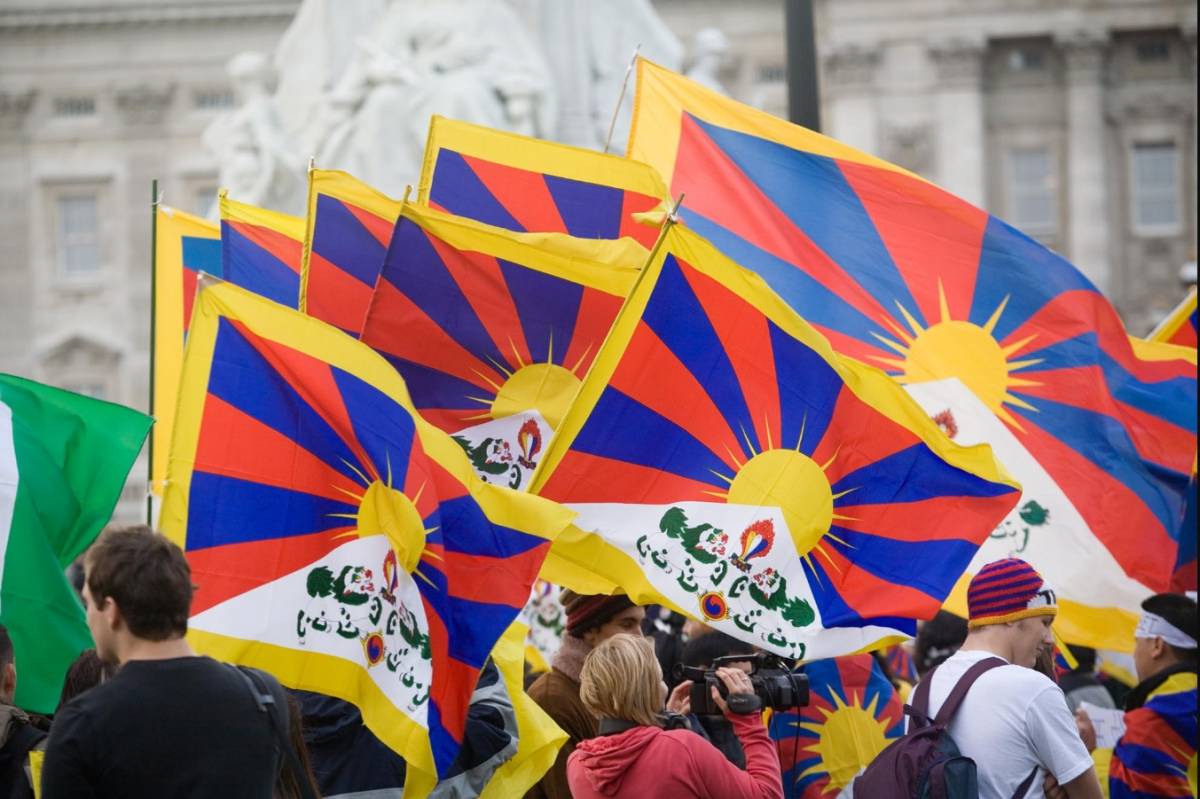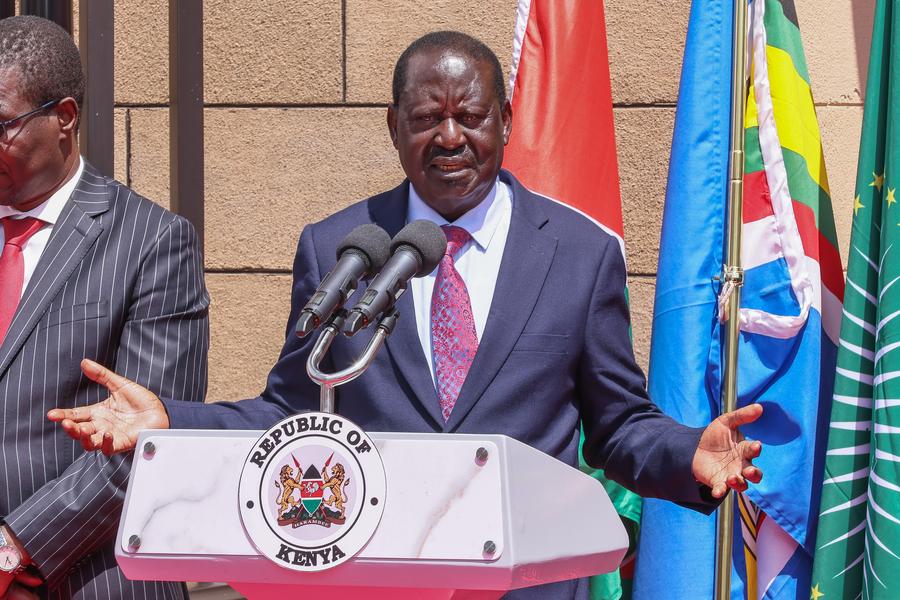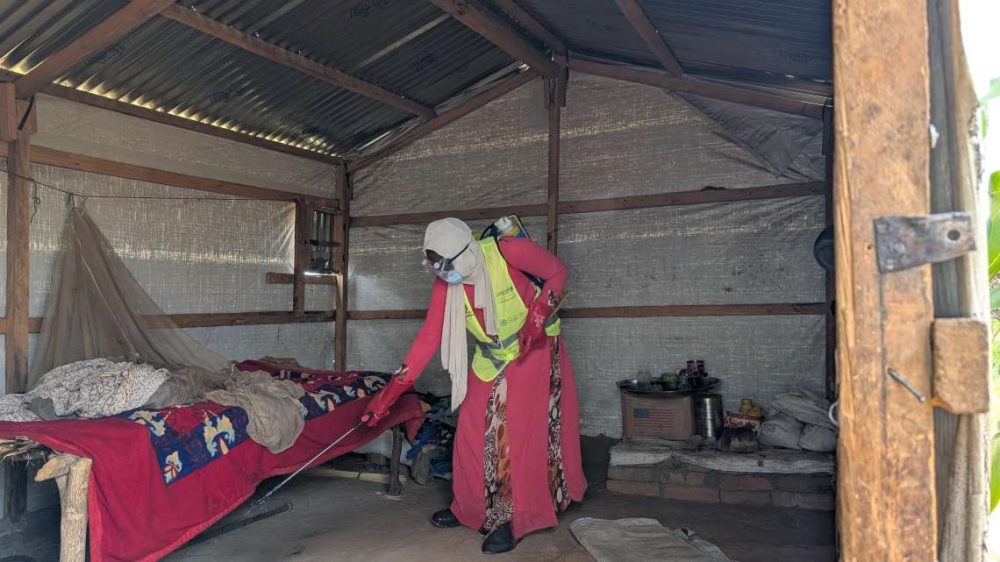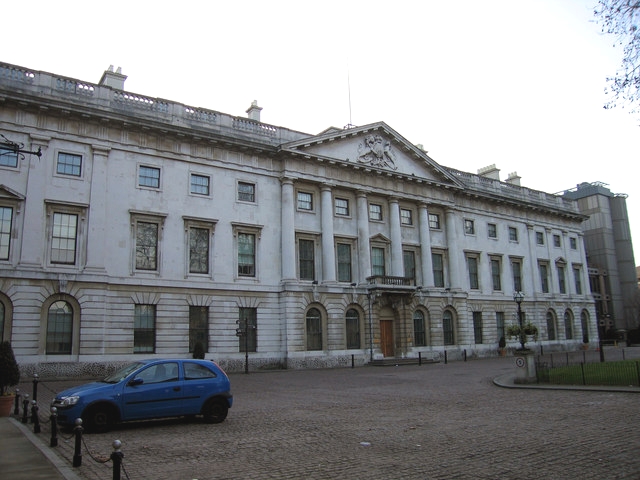13th February is a day which China wants to forget and believe that it never happened in the history. It was on this day in 1913 that the thirteenth Dalai Lama declared Tibet as an independent country to mark the two-year long occupation of Tibet by the Qing dynasty…. A special report by Vijay Kranti
The real source of economic and geo-political power of the rogue communist masters of China today lies in the enormous natural resources and out stretched geographic reach of their colonies like Tibet, Xinjiang and Inner Mongolia which emboldens them to demand the world to follow their ‘One China Policy’. The only way left for the civilized world now is to restore the independent status of these helpless colonies of China and put the Frankenstein back into the genie’s bottle.
13th February is a day which China wants to forget and believe that it never happened in the history. It is so because this day of history demolishes the concept of ‘One China Policy’ which the communist leaders of modern day China assert vehemently and want the world to follow meekly. It was on this day in 1913 that the thirteenth Dalai Lama declared Tibet as an independent country to mark the two-year long occupation of Tibet by the Qing dynasty. Thanks to the good offices of neighboring Nepal’s government that the Tibetans allowed the remnants of the officials and the band of Manchu soldiers of the Qing dynasty to walk alive out of Tibet.
The fall of Qing dynasty (1644-1912) in the previous year had marked the end of nearly three centuries long Manchurian rule over the Han Chinese and had paved the way for the establishment of ‘Republic of China’ as the first ever ‘Chinese’ government in China’s modern history. Thubten Gyatso, the 13th Dalai Lama, simply refused the offers of the newly found nationalist government in Beijing to restore relations with Tibet. Following the invasion of the Manchus’ army into Tibet in 1908 he had moved over to India in 1910 from where he had returned after a three year long exile.
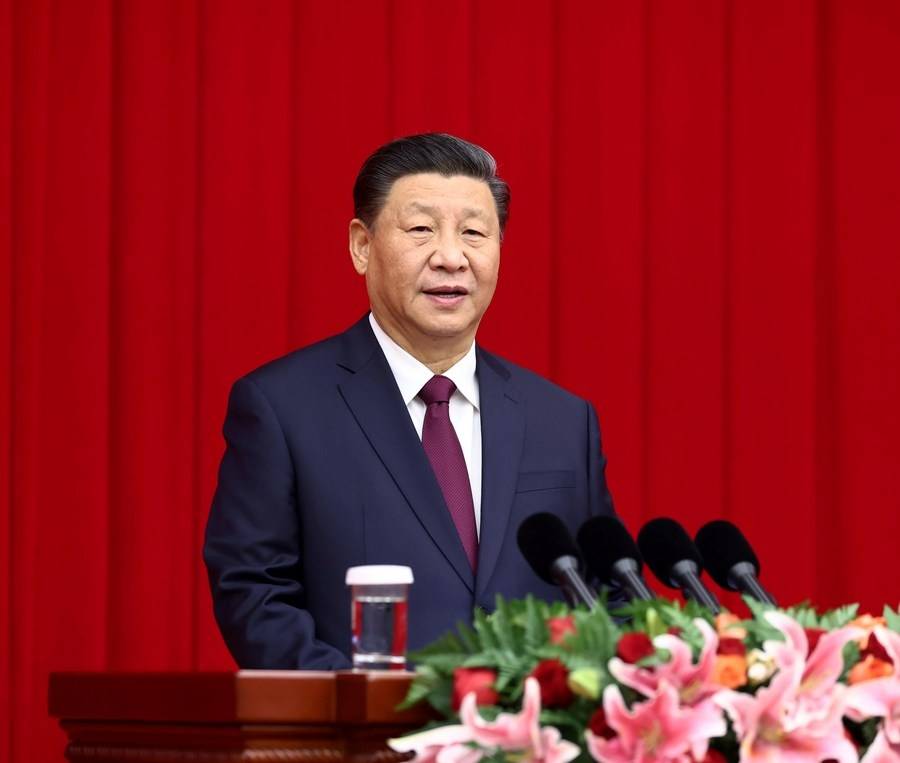
‘ONE-CHINA POLICY’
China’s over sensitivity and obsession with the idea of ‘One China Policy’ has some interesting dimensions which keep on showing quite frequently in Beijing leaders’ fierce and angry outbursts. Many times these outbursts, aimed against one or the other country, sound less logical and more aggressive and ironical.
The latest example is the Chinese government media’s pungent and aggressive reaction this mid-January to the statement of the U.S. Secretary of State Mike Pompeo who announced lifting of all such restrictions and contact guidelines for the US diplomats, service members and officials which stopped them from commenting on or reaching out to Taiwan. This decision came in the last days of the Trump administration and marked a strong snub to China’s ‘one China policy’ which the US has been following as a, what Pompeo underlined, “unilateral policy in an attempt to appease the Communist regime in Beijing.”
Xinhua, the government run news agency of China blasted this announcement of the US Secretary of State as one of “seeking to maliciously inflict a long-lasting scar on China-US ties.” The CGTV, the English-language international channel of CCTV network which operates under direct control of the Communist Party of China (CPC), was still more aggressive in its comments. It said, “The Trump administration, in its continuing efforts to burn the house down before leaving office, has crossed a dangerous red line with China just days before incoming President Joe Biden takes office.”
THE US STANCE
Beijing government was equally furious at the US government when the US Congress recently passed new laws on Tibet and Xinjiang which directly challenge China’s inhuman policies and disregard for basic human rights of the people of Tibet and Xinjiang. Every time the Chinese government termed these US decisions as disregard for ‘One China Policy’, it only exposed its fears and international answerability over its colonial occupation of South Mongolia, Manchuria, Xinjiang and Tibet. China had occupied these erstwhile free and independent countries in 1919, 1935, 1946 and 1951 respectively.

COOKING HISTORY
It is interesting to note that the Beijing masters of these colonies never lay claims on these territories on the basis of their military conquests of these countries which were recorded by the modern world as a first hand witness. Rather, they use manufactured history to claim that these regions have been ‘integral and inseparable part of China’ throughout history and that any disregard to this ‘fact’ by any country is transgression of ‘One China Policy’.
For example, in the case of Tibet the Chinese communist regime neither claims the right to its ‘ownership’ of Tibet on the basis of its military conquest in 1950 nor on the strength of the so called ‘Seventeen-Point Agreement’ between Beijing and Lhasa which lead to what Beijing calls as the ‘Peaceful Liberation’ of Tibet in 1951. It does not even refer to the PLA’s successful crushing of the Tibetan people’s uprising in 1959 and the resulting escape of Dalai Lama to exile which left the final control of Tibet into the hands of CPC.
Beijing has a good reason to do so. The communist leaders of China know that the world is well aware of the fact that Tibet was an independent country at least between 1913 and 1951. It was during this period that the Dalai Lama government of Tibet had signed international treaties with Nepal, British India, Mongolia and Sikkim. Although the successive Dalai Lama governments of Tibet have been deliberately keeping Tibet out of international politics and international community over centuries, the 13th Dalai Lama’s two exiles in India and Mongolia had given him enough exposure to understand the significance of international relations and modern education. That explains why he maintained diplomatic missions of China, Nepal and India in Lhasa and three trade missions of India in Tibet after reasserting Tibetan independence in 1913.
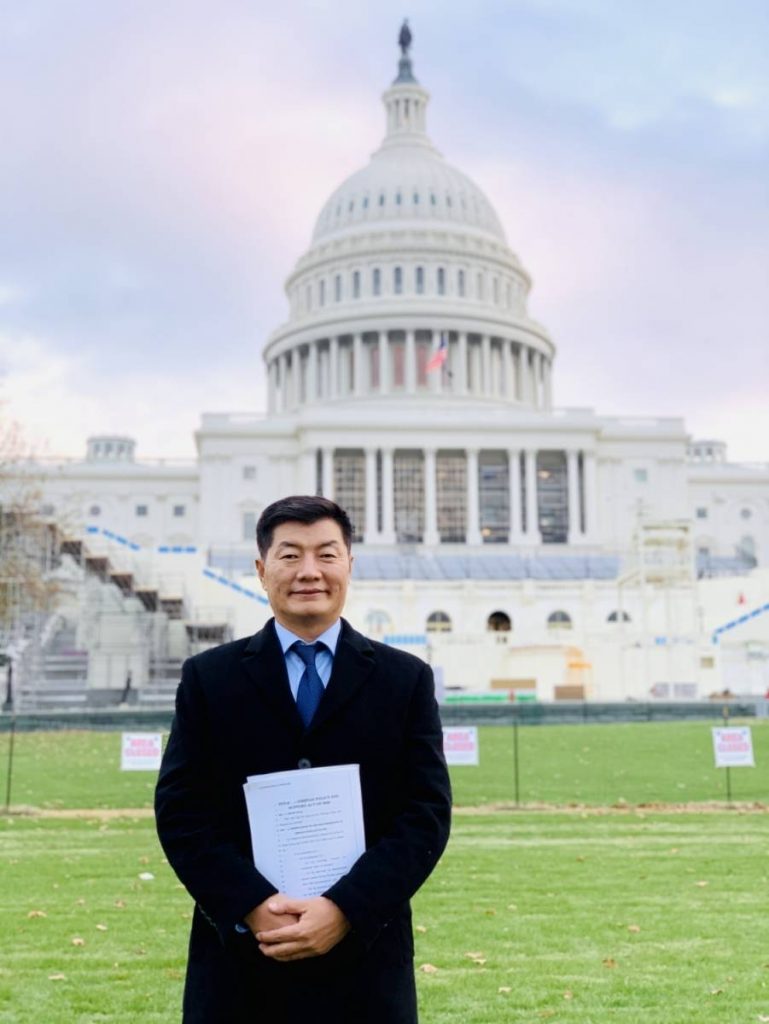
SHIMLA AGREEMENT
The Shimla-Agreement of 1914, which resulted in the acceptance of McMahon Line as the border between Tibet and India, two was result of a tripartite conference between India, Tibet and China as equal and independent partners at Shimla. It’s a different matter that China did not sign this agreement because of its other unrelated disagreements with Tibetan delegation. During the World War-II also Tibet remained neutral despite pressures from USA, China and Great Britain to allow passage of raw materials through Tibet. However, it was the lack of diplomatic wisdom and foresight of the Tibetan Regents and other senior leaders that Tibet missed the bus and refused to join the United Nations whereas Nepal used its treaties with Tibet to establish its credentials as an independent country and joined the UN. The 14th Dalai Lama was only 13 years old at that time and had no role in taking such decisions.
Tibet had also participated as an independent country along with China in India’s Asian Relations Conference in March 1947. This conference was organized by Pandit Jawahar Lal Nehru in New Delhi six months before India became independent. Flags of independent Tibet and China were hoisted in the conference and the two delegations attended it as representatives of two different countries.
As India became free from British Raj in 1947 the independent government of India sent a letterto Lhasa government with the proposal of continuing the relations between Tibet and the British India. The letter said, “The Government of India would be glad to have an assurance that it is the intention of the Tibetan Government to continue relations on the existing basis until new arrangements are reached on matters that either party may wish to take up. This is the procedure adopted by all other countries with which India has inherited treaty relations from His Majesty’s Government….”. But unfortunately for Tibet, the Regents messed up this historic opportunity by first keeping their reply pending for three months and then responding with an aggressive demand from New Delhi for return of some Tibetan territories before Lhasa could decide on India’s offer. This incident explains a good part of Nehru’s indifference towards Tibet when China invaded Tibet.
In their attempt at rewriting history the present day Han Communist Chinese rulers of Cina claim that the Mongols and Manchus too were ‘Chinese’ dynasties and that since Tibet was subordinate to them, hence Tibet is a part of China. They smartly hide the basic fact that the Han Chinese themselves were ruled separately by the Mongols (1205-1368) and later by the Manchurians (1644-1911) over very long stretches of history. They also ignore the fact Tibet always had independent ties with the Mongols and the Manchus through the ‘Cho-Yon’ (priest-patron) relationship.

LAMA GAMES OF CHINA
History, rewritten by the present day Communist rulers of China also hides the fact that whatever relations the Chinese Ming Dynasty had with some individual high lamas of Tibet during the15th to 17th century period, it was nothing more than playing one senior lama of Tibet against another by bestowing special honors and titles on the junior ones. As Elliot Sperling, Professor of Central Eurasian Studies at Indiana University of USA noted that the recipient (lamas) held their own power or influence in Tibet prior to such honors and as such, these titles were only an acknowledgement of their influence in Tibet and not bestowing power or authority over them. This is exactly what the communist China or its predecessor Nationalist government of China has been doing with the Panchen Lama to play him against the Tibetan ruler and supreme spiritual leader the Dalai Lama prior to and after occupation of Tibet in 1951.
The modern day Chinese colonial masters of Tibet do not want to recall that chapter of history when China was occupied by the Mongols and was being ruled by Kublai Khan, the great grandson of Ghengis Khan. Kublai Khan had embraced Buddhism and accepted Drogon Choegyal Phagpa, the nephew of Sakya Pandita of Tibet as his spiritual master. When Kublai Khan went on a genocide spree against the Han population in the middle of 13th century then the Chinese king, a subject of Kublai Khan, requested Drogon Choegyal to use his influence over Kublai Khan to stop the genocide. It worked and the Han population was spared of Kublai Khan’s ire.
In 18th century the Manchu forces entered Tibet on three occasions. In 1728 and 1751 they were invited by the Tibetans to restore order in civil wars. In 1792 they came to help Tibet against invading Nepal’s Gorkha forces which lead to an increased influence of Manchus in Tibet. But it reduced soon and Tibet kept the Manchus away during attack from Jammu in 1841-1842, from Nepal in 1855-1856 and during the 1903-1904 attack by the Young Husband Mission of British India.
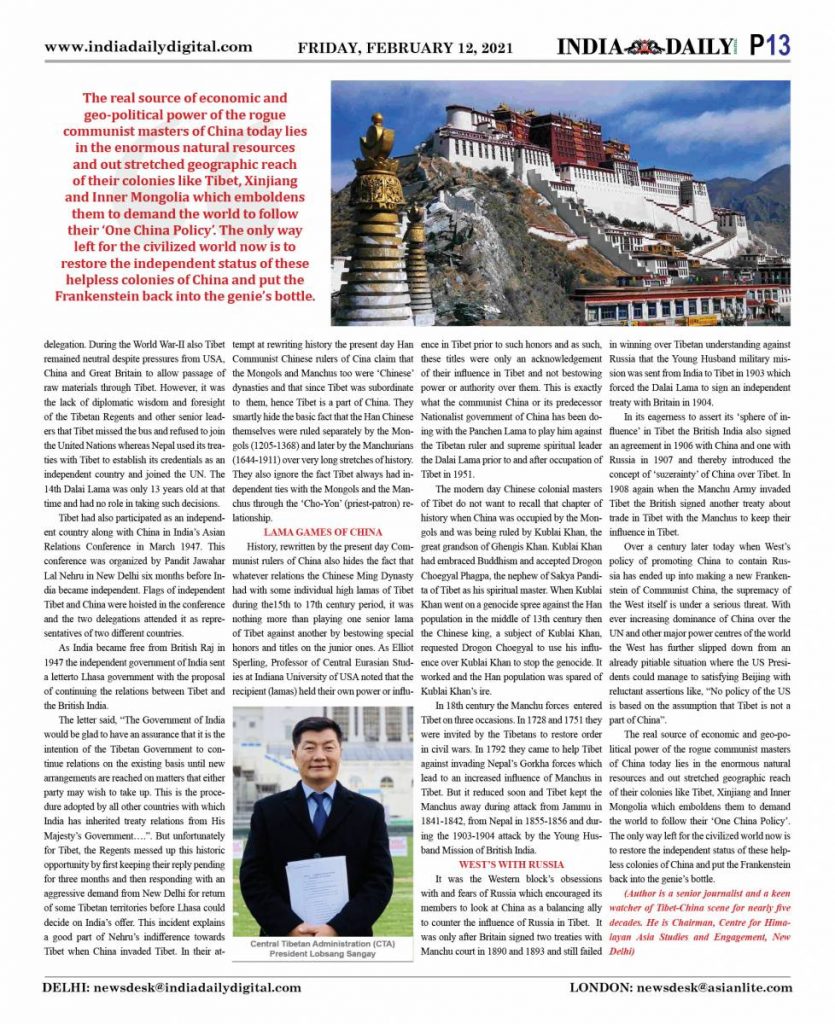
WEST’S WITH RUSSIA
It was the Western block’s obsessions with and fears of Russia which encouraged its members to look at China as a balancing ally to counter the influence of Russia in Tibet. It was only after Britain signed two treaties with Manchu court in 1890 and 1893 and still failed in winning over Tibetan understanding against Russia that the Young Husband military mission was sent from India to Tibet in 1903 which forced the Dalai Lama to sign an independent treaty with Britain in 1904.
In its eagerness to assert its ‘sphere of influence’ in Tibet the British India also signed an agreement in 1906 with China and one with Russia in 1907 and thereby introduced the concept of ‘suzerainty’ of China over Tibet. In 1908 again when the Manchu Army invaded Tibet the British signed another treaty about trade in Tibet with the Manchus to keep their influence in Tibet.
Over a century later today when West’s policy of promoting China to contain Russia has ended up into making a new Frankenstein of Communist China, the supremacy of the West itself is under a serious threat. With ever increasing dominance of China over the UN and other major power centres of the world the West has further slipped down from an already pitiable situation where the US Presidents could manage to satisfying Beijing with reluctant assertions like, “No policy of the US is based on the assumption that Tibet is not a part of China”.
The real source of economic and geo-political power of the rogue communist masters of China today lies in the enormous natural resources and out stretched geographic reach of their colonies like Tibet, Xinjiang and Inner Mongolia which emboldens them to demand the world to follow their ‘One China Policy’. The only way left for the civilized world now is to restore the independent status of these helpless colonies of China and put the Frankenstein back into the genie’s bottle.
((Author is a senior journalist and a keen watcher of Tibet-China scene for nearly five decades. He is Chairman, Centre for Himalayan Asia Studies and Engagement, New Delhi)


